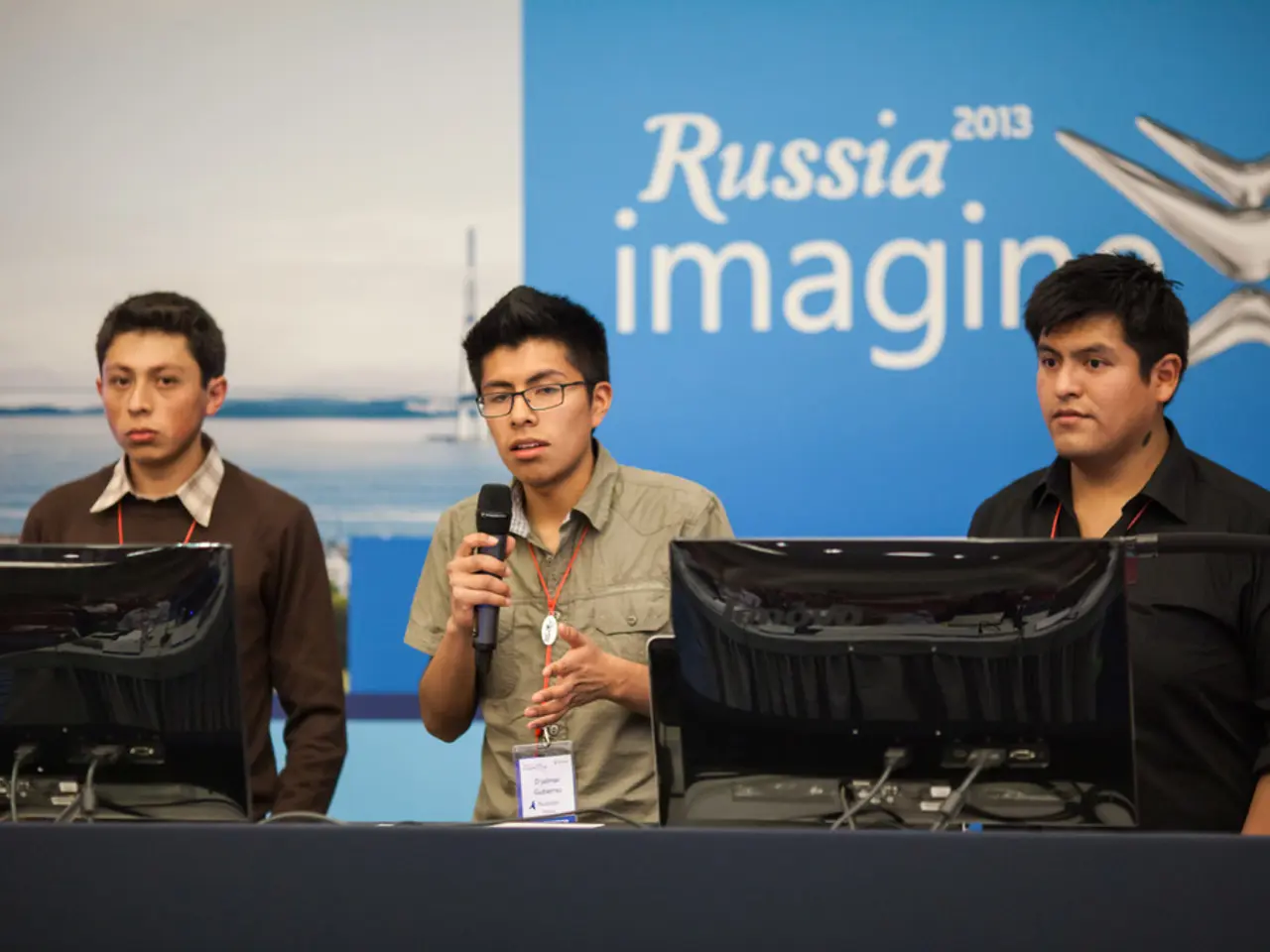U.S.-Russia Alaska Meetings Mishap Explained - Former Diplomat Suggests Misunderstanding by Putin
In a recent summit held between Vladimir Putin and Donald Trump in Alaska, hopes for a peaceful resolution to the ongoing conflict between Russia and Ukraine were dashed as no deals or results were achieved.
The key disagreement that led to the summit's failure was a misunderstanding regarding Russia's demands and the US's response to them. Russia, through Putin, proposed that Ukraine cede the Donbas region to Russia as a precondition for a ceasefire. Putin also demanded that the West stop all security assistance to Ukraine, effectively requiring Ukraine's "demilitarization." The US rejected these terms, maintaining its principled position that Ukraine should retain strong military and intelligence ties to the West and not make unilateral concessions demanded by Russia.
This misunderstanding was marked by Russia's hope that the US would quickly cut off aid to Ukraine, potentially splitting the West, whereas the US held firm on supporting Ukraine militarily and politically. There was also ambiguity on Russia’s side about whether Moscow was willing to trade territory it controls on the southern front in exchange for the Donbas or abandon previous demands like Ukrainian elections conditioned on Russia's terms.
Steve Witkoff, Trump's special envoy, may have played a role in this misunderstanding, as he apparently assumed that Russia was proposing a peaceful withdrawal of its troops from the Ukrainian regions of Kherson and Zaporizhzhia, but in fact, Putin was demanding the withdrawal of Ukrainian troops from these regions.
The Trump camp has denied any misunderstanding regarding the Alaska Summit, with Anna Kelly, a White House spokesperson, calling the portrayal "Fake News" in an email to NBC. However, former US ambassador to Poland, Daniel Fried, suggests that the USA had a false assumption based on Witkoff's meeting with Putin on August 6 in Moscow.
The summit was seen as a rare direct negotiation between the US and Russia without Ukraine’s representation, which some viewed as implicitly recognizing Russia’s power despite the US and its allies supporting Ukraine. The summit also became a stage for the strategic bargaining over sanctions, trade partners, and the three main negotiation "baskets": territorial settlement, security guarantees (both for Ukraine and Russia), and humanitarian/domestic legislative issues in Ukraine.
The aftermath of the summit has seen accusations flying from both sides. Trump is accused of trying to pressure Zelensky to accept a potential deal unfavorable to Ukraine, while the Trump camp accuses Joe Biden's weak government of allowing Russia to invade Ukraine. Wolodymyr Zelensky has already reacted to the Alaska Summit, but no specific details about his reaction were provided in the article.
Despite the failure of the Alaska Summit, Steve Witkoff and President Trump are reportedly still working towards peace. Whether future negotiations will yield more positive results remains to be seen.
[1] Source 1 [2] Source 2 [3] Source 3 [4] Source 4
- The discussions during the Alaska Summit between Vladimir Putin and Donald Trump were heavily centered around the 'policy-and-legislation' aspect, as both leaders presented their contrasting views on the response to Russia's demands and Ukraine's future territory and military ties.
- The 'political' landscape remains uncertain as the failure of the Alaska Summit leads to ongoing accusations and speculations about future negotiations between Russia and Ukraine, with 'general-news' sources highlighting the ongoing disagreements and potential impacts on the broader geopolitical landscape.







